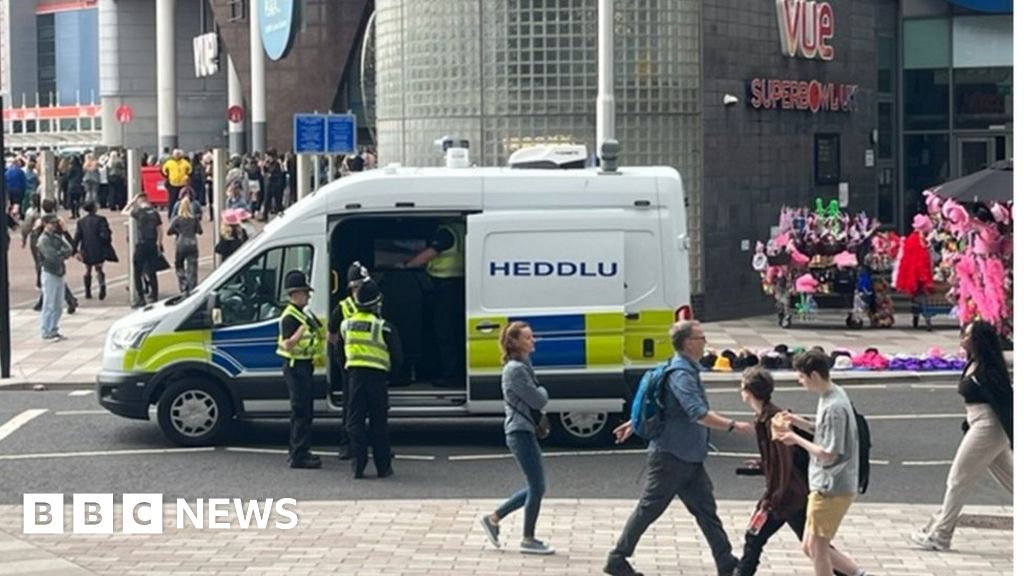In the past pedestrians did not suffer the "number of the beast" style surveillance that motorists constantly live under with all the ANPR cameras.
Such is the mission creep of AI now, that 'number' is no longer needed as an identifier for these systems.
Now face recognition has bypassed such things as pet like chip implants. You can be identified, en masse and at high speed in the mall or park and not even be aware.
These days if you attend a major gig in Wales they have you logged. Perhaps the smug anti car people will realise the true trajectory of AI surveillance and that it includes them, today not tomorrow.
"If it helps fight crime," you might say. Well you might be surprised what constitutes "crime" as totalitarian government advances, ask Orwell.
Protesting against face recognition cameras will be criminalised soon enough I guess. We know you were there.


Such is the mission creep of AI now, that 'number' is no longer needed as an identifier for these systems.
Now face recognition has bypassed such things as pet like chip implants. You can be identified, en masse and at high speed in the mall or park and not even be aware.
These days if you attend a major gig in Wales they have you logged. Perhaps the smug anti car people will realise the true trajectory of AI surveillance and that it includes them, today not tomorrow.
"If it helps fight crime," you might say. Well you might be surprised what constitutes "crime" as totalitarian government advances, ask Orwell.
Protesting against face recognition cameras will be criminalised soon enough I guess. We know you were there.

Harry Styles Cardiff Concert: Face recognition to be used on crowd
The tool has previously been used when Beyoncé performed in Cardiff and at the Coronation.
www.bbc.co.uk

Cardiff Beyoncé concert: Face recognition use criticised
The police are using the technology on the city's streets, a move that has divided opinion.
www.bbc.co.uk

